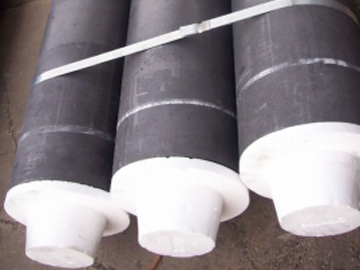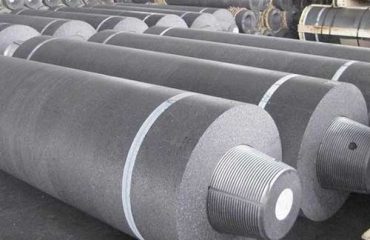
1. Improper use of machining standards, exceeding the current density bearing capacity of discharge section, and too small pulse to pulse
The application of discharge energy is not arbitrary. If you want to process faster, you can apply a larger current. In the discharge machining standard, it generally refers to the peak current, that is, the current flowing through the discharge channel when the pulse is on. The action time of the current is very short, which depends on the pulse on time, that is, the pulse width. On the processing equipment, the current value displayed by ammeter or analog ammeter is the average value of pulse current, because the pulse is discharged intermittently. Generally speaking, the peak current is determined by the number of power amplifier elements put into the discharge circuit and the voltage applied by the circuit, which is independent of pulse width and pulse to pulse; In addition to the relationship between the processing current and the peak current, the processing current can also be changed by adjusting the pulse width and pulse to pulse. As shown in the figure.
The discharge current density of graphite electrode is about 6 ~ 8 (a) / cm2. If it exceeds this value, the probability of abnormal discharge and carbon deposition will increase.
The correct treatment method is to correctly estimate the discharge area and select the machining parameters according to the discharge area.
For example, there is a square electrode with a discharge area of 3 × 3 (mm). When selecting the discharge parameters, first select the model number condition of □ 3, and then select a suitable starting machining condition according to the electrode reduction.
It must be noted here that the discharge current should be estimated according to the discharge area. The normal value of the current in this area should be controlled at about 1 / 9 of the current density value. It can be increased appropriately, preferably no more than 2.5A. If it is too large, it is easy to produce carbon deposition. Therefore, for some small electrodes, it is not necessary to reduce the electrode too much. As in the above example, the electrode reduction of 0.1 on one side is basically sufficient.
The processing parameters of imported discharge equipment are relatively complete and scientific, and generally only need to be selected according to needs. However, the processing parameters of some Taiwan machines or domestic medium and low gear spark discharge motors are generally not as detailed as those of imported machines, and there is even no expert library for automatic selection. The processing conditions can only be selected by themselves according to the experience of operators. The principle of selecting processing conditions is the same. First estimate the processing area and determine the discharge current. As mentioned above, the discharge current is related to the pulse width and pulse to pulse, so the matching relationship between the two must also be considered. In particular, it should be noted that setting a reasonable or sufficient pulse to pulse time will make the discharge channel too late to eliminate ionization, and the discharge process has been in the conduction state to form arc discharge (i.e. carbon deposition). In case of uncertainty, it is better to set the pulse gap larger to improve the processing stability

